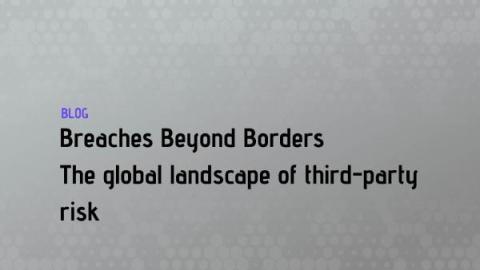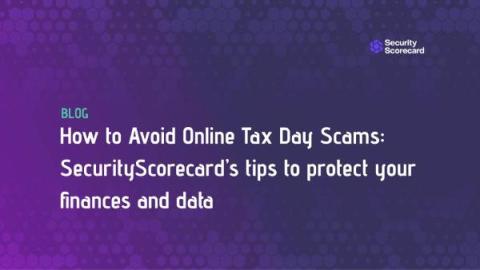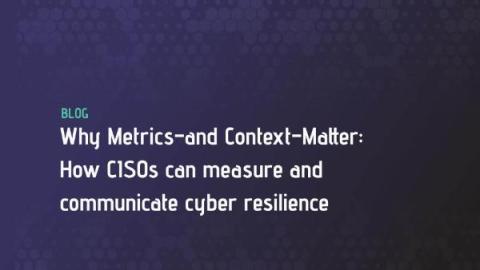Website References Object Storage
Is the "Website References Object Storage" issue type bringing your rating down and you don't know what to do about it? Watch this short video which explains what these are and what you can do to improve them. SecurityScorecard is the global leader in cybersecurity ratings and the only service with over 12 million companies continuously rated. The company is headquartered in New York and operates in 64 countries around the globe.











